By Frances Mulcahy, MBBS (she/her)
Do you remember your feminist history? Back in the 1960s, 70s, and 80s, second wave feminism was in full swing. The oral contraceptive Pill was approved as a contraceptive in the USA in 1960. By 1962, 1.2 million U.S. women were reportedly taking the pill, and this figure doubled by 1963, increasing to 6.5 million by 1965. We had a measure of reproductive freedom. Feminist activists were largely responsible for opening up employment opportunities and women were entering the workforce in droves in Australia (by and large, white, and almost exclusively cis-gendered). Between 1984 and 1990 there was a never-repeated surge in employment, due to an injection of female participation. Once the gender balance stabilised in approx. 1997 a new, steadier employment growth was evident.
So, by 1997 many, but not all women had the freedom of choice to work in paid employment. An apparent feminist win - but is it? It is worth pointing out that the first release of data from the 2016 Census shows the typical Australian woman spends between five and 14 hours a week doing unpaid domestic housework. For the typical Australian man, it’s less than five hours a week, suggesting women still assume the lion’s share of the housework. Women do the bulk of at-home child care as well. Additionally, to facilitate the choice to work, the patriarchy has designed a delightful child care scheme.
But surely families are better off, at least financially, with two incomes from paid employment? Well…not really.
We owe a lot more as households – debt has risen.
Our poor are poorer. Lots of single-income, sole-parent families. Guess which gender predominates?
As is obvious from the above graph, the wealthy are doing just fine.
The Australian Bureau of Statistics (ABS) uses the Gini coefficient as an internationally comparable indicator. The Gini coefficient lies between 0 and 1. If everyone in the population had the same income or wealth, the Gini coefficient would be zero. Gini coefficient values that are closer to 1 represent greater inequality. Compared to other summary indicators, the Gini coefficient is not overly sensitive to low or negative incomes. In 2015–16, the Gini coefficient for gross household income was 0.434. After taking into account household composition and income tax, the Gini coefficient for EDHI was 0.323.
So, Australia has a higher income disparity in 2016 than before.
That’s not all.
As shown in Image 6, there is greater inequality in the distribution of wealth than income. The lowest 20% of households, in terms of net worth, had a mean net worth of $36,500. In comparison, the mean net worth of the wealthiest 20% of households was more than 70 times that of the lowest 20% of households, at $2,906,400. The mean net worth of all households in Australia in 2015–16 was $929,400, while the median was much lower at $527,000.
So, what did happen to Australian macro-economics when the patriarchy said “dear me, yes, you can work my feminist darlings”? The economy grew and became more lopsided, and rich, old, white guys got to be even richer, old, white guys (except for Gina Rhinehart).
I hope that this material inspires to consider how patriarchal capitalism has made “good use” of feminism. I wonder what you think about the ever-widening wealth disparity in our country.

